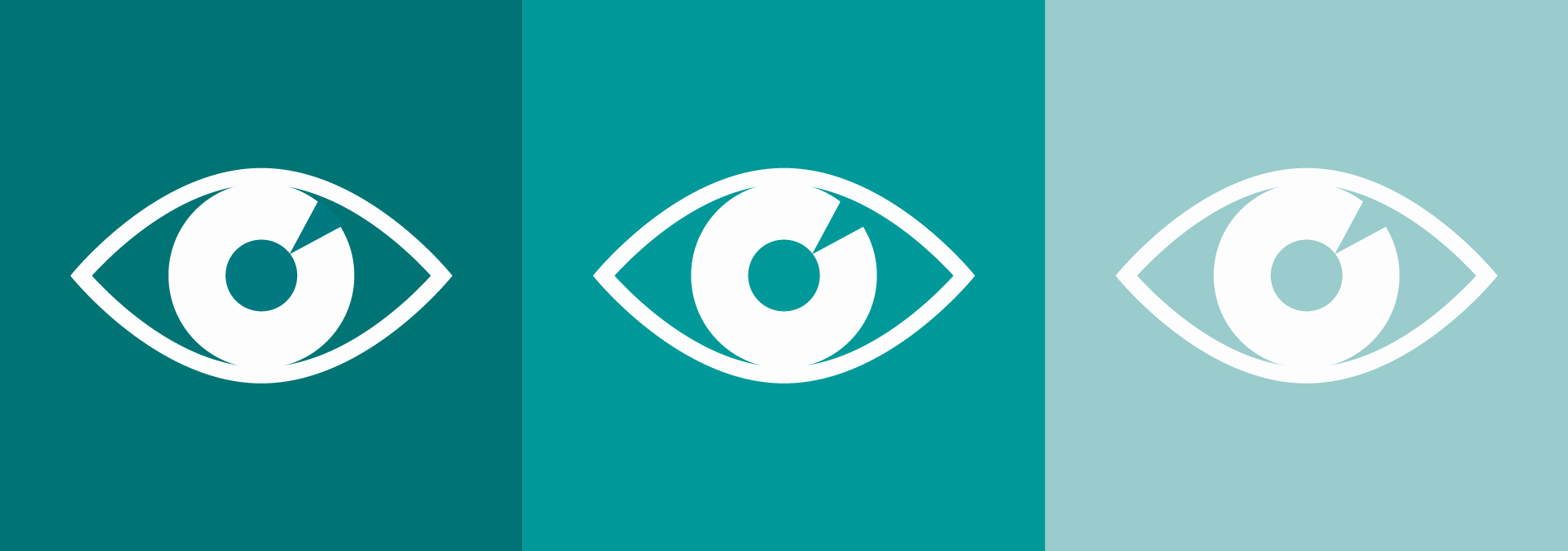Training the eye
20.05.2019
Do you want to develop a better awareness of your cleaning tasks and make sure that nothing is forgotten? Eye training is a simple way to improve self-assessment and overall cleaning quality.
What’s it all about?
The idea of eye training is to develop an awareness of WHY an action is required when looking at a cleaning situation and HOW it can best be done. It will help you with the assessment BEFORE cleaning (“Can I leave out any of the steps today, e.g. for a workplace that is currently not in use due to absence, and use that time to clean something else more thoroughly?) and with the assessment AFTER cleaning (“Have I forgotten anything?”). Eye training comprises five simple steps for checking the condition of a room.
The 5 steps of eye training:
- Ceiling
How do the lamps, luminaires, ceilings and vents look?
Are they dusty? Are there any spider webs? - Walls
What about picture frames, radiators and windows?
Are they dusty? Are there any spider webs? - Surfaces
Office:
What is the condition of the phone receivers, windowsills, desks, seats and computers?
Sanitary areas:
What is the condition of the soap and towel dispensers, wash basins, mirrors, fittings and toilets?
Are the dispensers sufficiently stocked e.g. with hand soap and paper towels? - Floors and areas under furniture
What about waste containers, table legs, skirting boards and the floor in general? - Behind the door (when leaving the room)
What is the state of the space behind the door?
Is everything clean?
Advantages of eye training:
- The eye is trained to systematically solve a problem.
- More systematic cleaning
- Method of verification for improved self-reliance
- Method of verification for superiors
- Helpful for the instruction of new cleaning personnel
